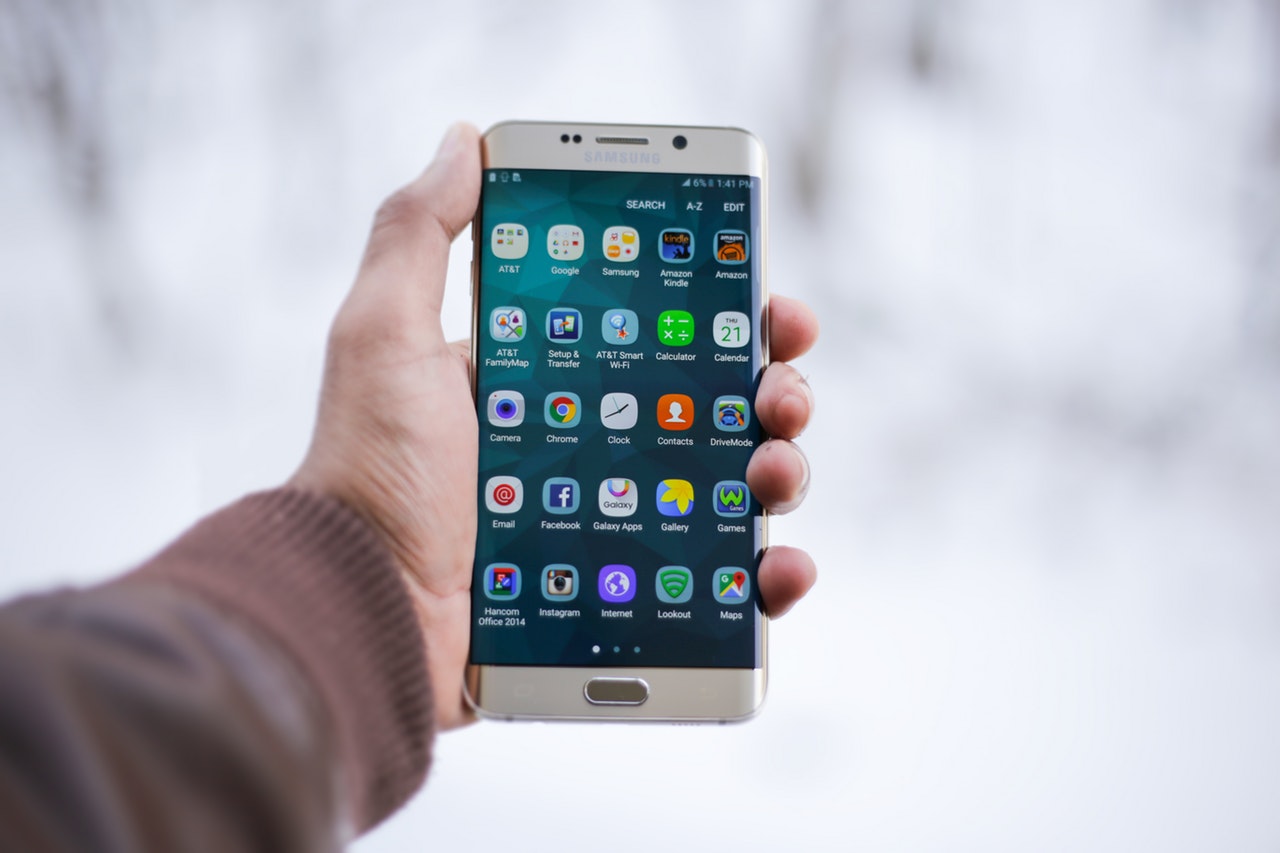You’ve designed and developed the perfect app. On launch day, there are enough downloads that the debut is considered a success. But within days, you notice there are very few sign ups. In fact, engagement is limited despite the amount of initial interest.
Where did you go wrong?
Chances are, your app is hitting a snag in the onboarding process.
Onboarding is the process of introducing a user to your app. This is usually where the user creates a username, indicates their preferences, and takes a virtual tour. If this process is effortless, you’ve got a ready-to-go user in no time. If it’s a pain in the butt, you run the risk of pushing that user into the arms of a competitor.
Think we’re exaggerating? Get this. The average app “loses 77 percent of its daily active users (DAUs)” within the first three days after a user installs it.
Here are a few tips to make the onboarding process as seamless as possible.
Offer a Contextual Learning Experience Rather Than a Digital Instruction Manual
Think about the last time you downloaded an app. You likely did so because you wanted to start using it as quickly as possible. The last thing you want to do is flip through a long, boring tutorial about how to use it. It’s highly unlikely that you’ll retain all that info.
Provide the basics and include prompts that pop up while the user moves through the app for the first time. Instead of overwhelming the reader with information, provide guidance while the user plays around to let them know where they can access saved photos or start a new conversation.
Design an experience that is interactive as well as instructional.
Provide New Users With Direction To Get Started
When you first download a dating app, there’s no profile picture, your bio is empty, and there are no recent matches. While that’s to be expected, it can be rather underwhelming for a new user. To encourage people to instantly start interacting with your app, provide directions in those blank spaces.
For instance, in the empty bio section include a prompt that says, “Tell potential matches a little more about yourself. Honesty and a positive attitude yield the best results.” Prompts like this encourage new users to get started. Some apps even provide an example for users that aren’t sure what to include.
The same idea applies to profile pictures. Make it easy for new users to upload a photo by allowing them to simply tap on the empty profile picture to add an image instead of forcing them to go into their settings.
Motivate New Users with Encouragement and Reminders
If your app has a long onboarding process out of necessity, design reminders and notifications for users to complete their profile. For example, a progress graph that tells a user their profile is 85 percent complete provides an incentive for them to return to the app, since they are only 15 percent away.
Take that encouragement a step further by pushing stats about the benefits of a 100 percent complete profile. Sites like LinkedIn regularly remind members of their “profile strength” and promote the fact that a detailed profile yields more job opportunities.
These reminders are also a helpful way to let users know what they’re missing out on by slacking off with the onboarding. Going back to our example of a dating app, a push notification that teases potential matches in the area can positively influence the recipient to re-open the app.
Consider Removing The Need To Provide Any Information
This isn’t an option for every app. If you’re a financial services company, naturally your users will need to provide personal information for the app to be functional. But if personal information isn’t necessary, consider allowing users to explore the app without providing too much up front.
If your company is completely brand new, this is a smart way to build trust. Even people who are otherwise careless with their personal information are hesitant to hand over their email address or phone number. An onboarding best practice is to put as little as possible between the user and the actual experience, whether it’s an instruction manual or a form.
Getting someone to download your app doesn’t put you in the clear. Rather, this is where most people lose interest in an app. Instead, it’s important to set up an onboarding process that both motivates and excites your user to learn how to use the app and to get started.
